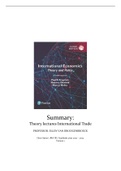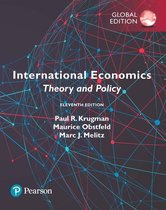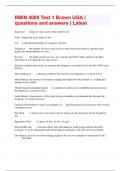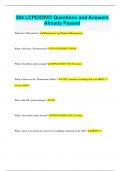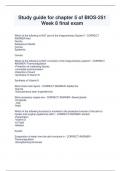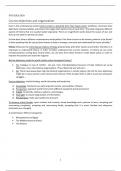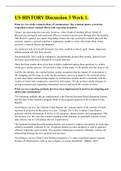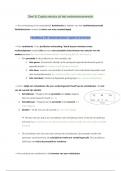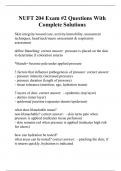Samenvatting
Summary International Trade Theory Lectures ('21 - '22)
- Vak
- Instelling
- Boek
Comprehensive summary of the lectures for the course International Trade. Suitable for students International Business. Given by Ellen Van Droogenbroeck at the Vrije Universiteit Brussel in the academic year . Allowed me to pass during the first session.
[Meer zien]
